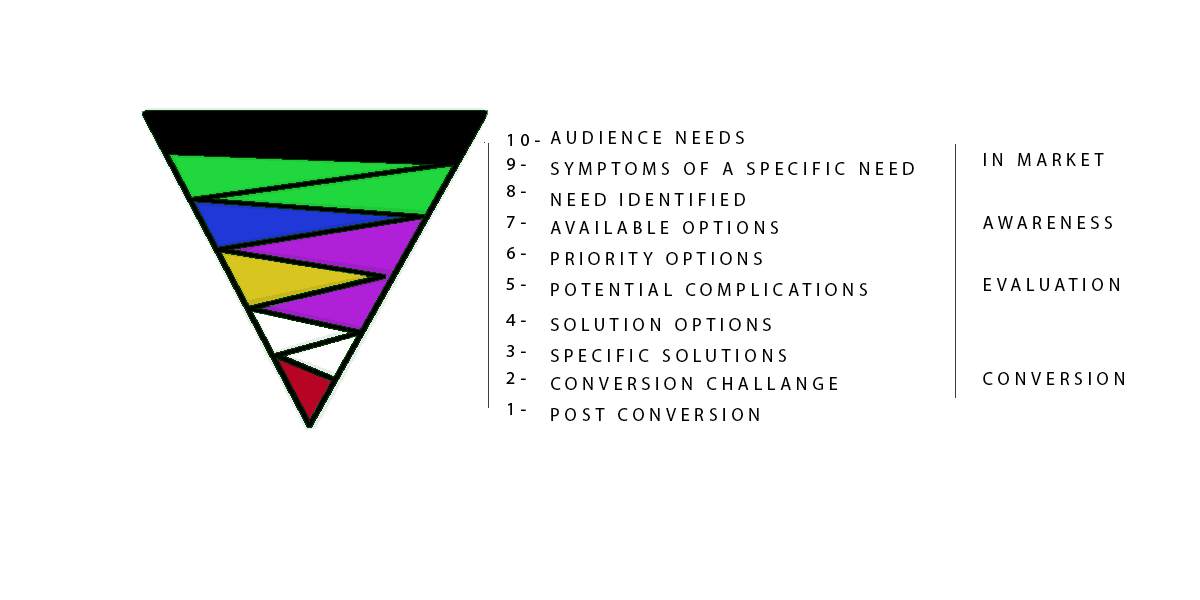[vc_row][vc_column][vc_column_text]
PPC Keyword Research Guide | Learn to think like your customer
Keyword research is a crucial part of Search Engine Marketing (SEM) and Search Engine Optimisation (SEO). Targeting the correct keywords will allow you to reach your audience effectively.
Sadly with all the money being dumped into Google, we see that not many advertisers know how to conduct effective PPC Keyword Research.
In this article, we offer a PPC Keyword Research Guide to help you think like your customer.
Learn to think like your customer
Practical e-commerce identifies 4 types of Google Search Queries:
- Navigational, where the user searches for a particular website
- Informational, where the user searches for a question
- Investigational, where the user searches for specific information
- Transactional, where users are ready to buy
Identifying short and long tail keywords that are tailored to these search queries are critical for all PPC search campaigns.
However, this is a very superficial approach to listing keywords. The consumer mindset is much more complicated than these four points. From awareness to conversion the consumer thought process must be considered when identifying keywords.
In order to think like your customer, we recommend creating a detailed search query funnel. The funnel can be categorised as the top of (broad search terms), middle and low funnel stages (near to conversion).
When looked closer, however, more detailed questions automatically arise. We have grouped the keyword research guide into 10 simple questions:
 PPC Keyword Research – 10 Steps to think like your customer
PPC Keyword Research – 10 Steps to think like your customer
10. Consider Audience Needs
Start broad. Think of the environment your customer operates in – and what their wants – needs – desired may be. Consider target themes and potential traffic driving keywords. This is the outreach and awareness stage.
i.e. How to Improve Hotel?
9. What symptom may need fixing
Start going creative. Answer what symptoms your audience may need fixing? ‘What do I need to to do to improve?’
i.e. How to improve hotel reviews?
8. Identify Over-arching Theme that Needs a fix?
What are the key improvement areas you audience can work on?
i.e. Improve guest stay, guest staff experience, concierge
7. Identify options to fix
What are the specific improvements your audience can apply in that theme?
i.e. Self service check-in = digital concierge
6. Prioritize options to fix
What fixes is the priority amongst all options?
i.e. Self-service check-in app that can be downloaded to all phones
5- Barriers – complications
What are the barriers and complications that may discourage the audience i.e. Cost
4. Solution Research
What products are available out there to help the audience with the problem. i.e. Range of digital concierge app services
3. Specific Solution Research
What product is most suitable for the audience? i.e. Criton
2. Conversion Challange
Are they converting? What info/offer/ service do they need to convert?
i.e. 20% discount
-
Post Conversion
How to re-engage the audience and retain their purchase. Or event better up-grade sale.
These 10 layers of understanding customer thinking process will assist your campaign planning. The themes you identify will be potential keyword ad groups. The competitors you identify will allow you to scope the market. The conversion consideration will assist you in creating call-to-actions in ad copy.
Be patient. Brainstorm and give the process a try. The insight you capture may be of great value.[/vc_column_text][/vc_column][/vc_row]


 PPC Keyword Research – 10 Steps to think like your customer
PPC Keyword Research – 10 Steps to think like your customer


0 Comments